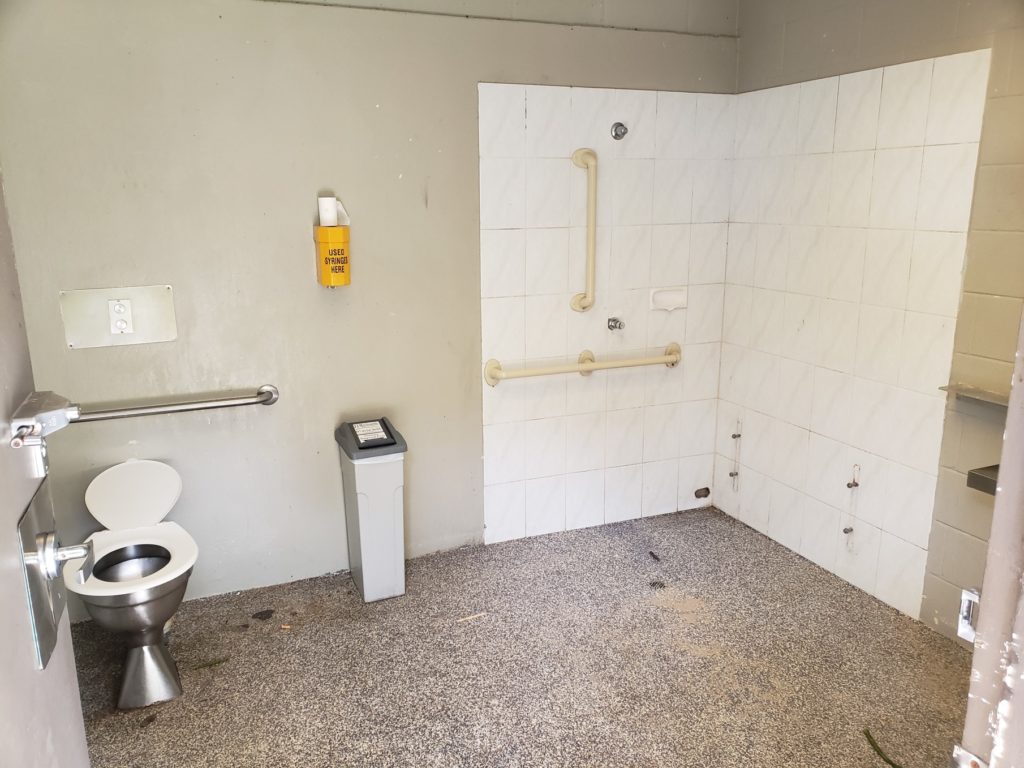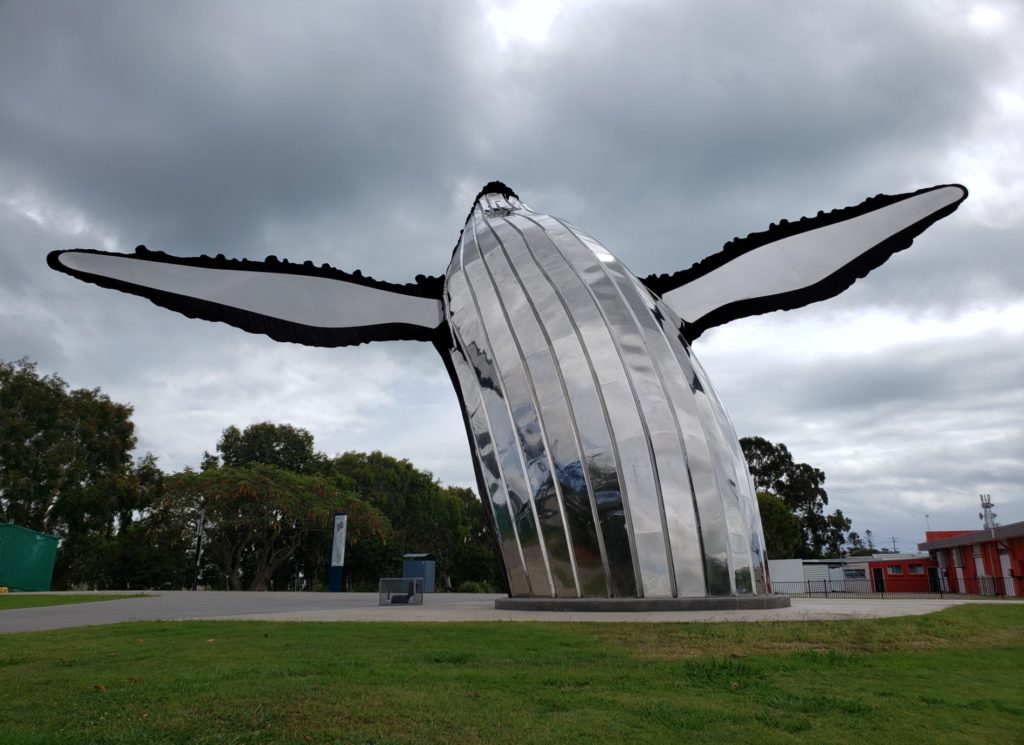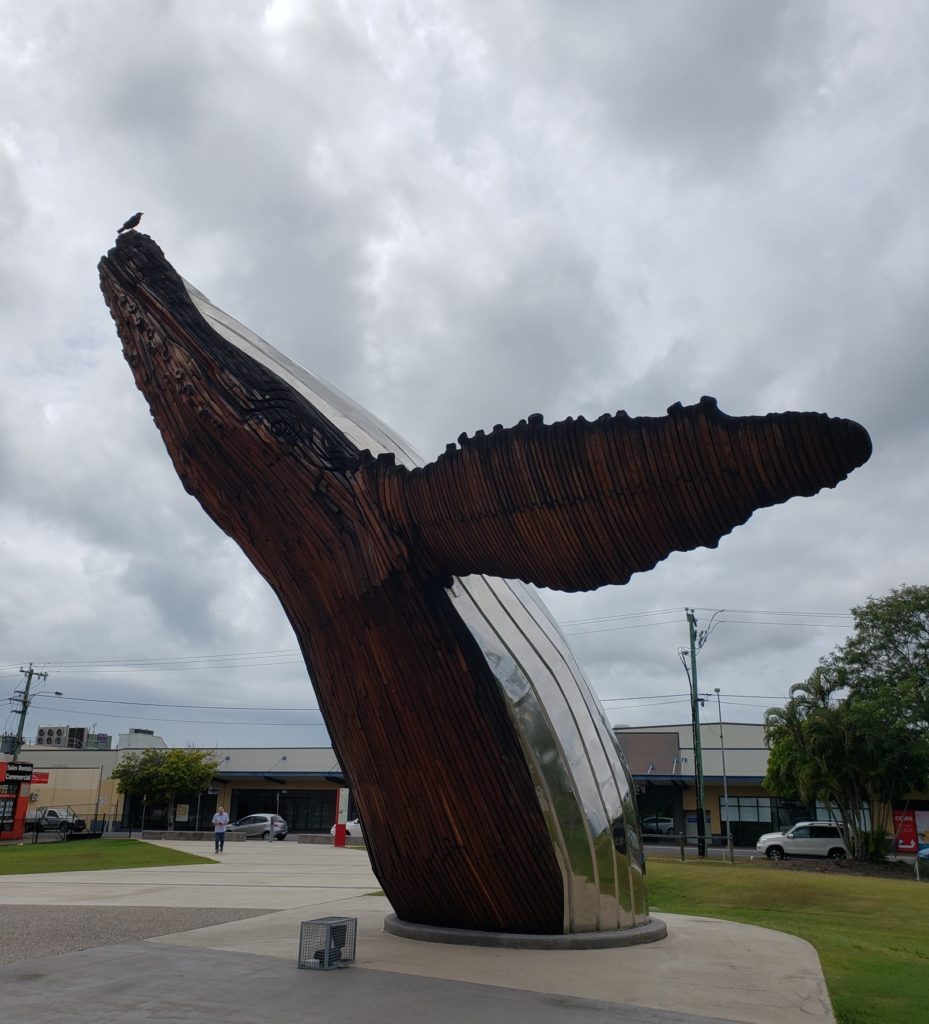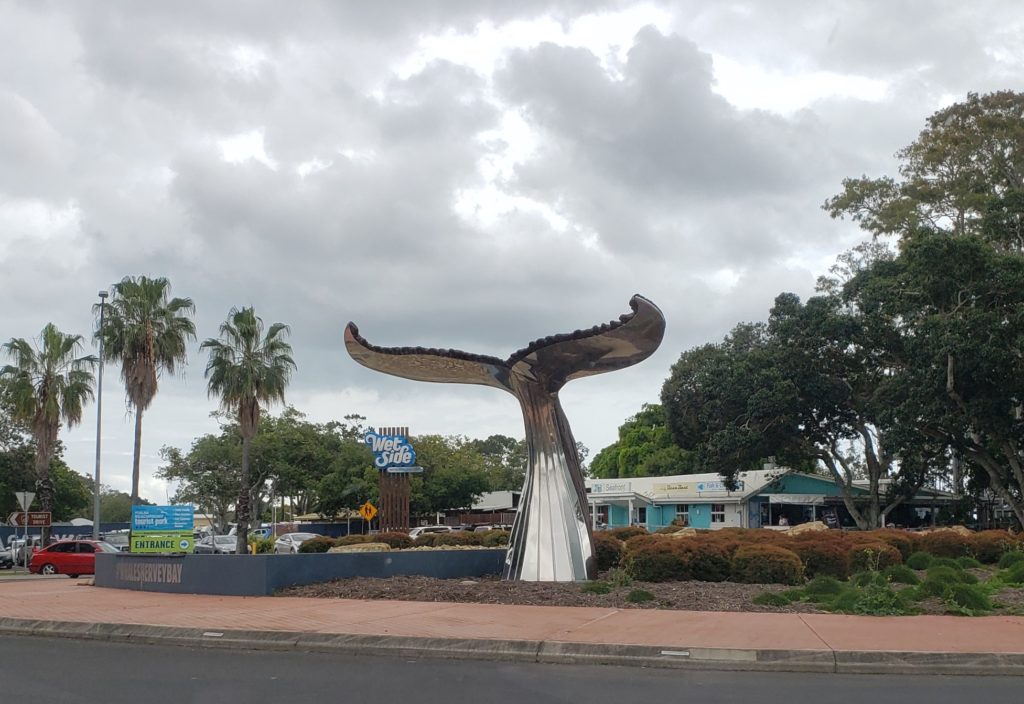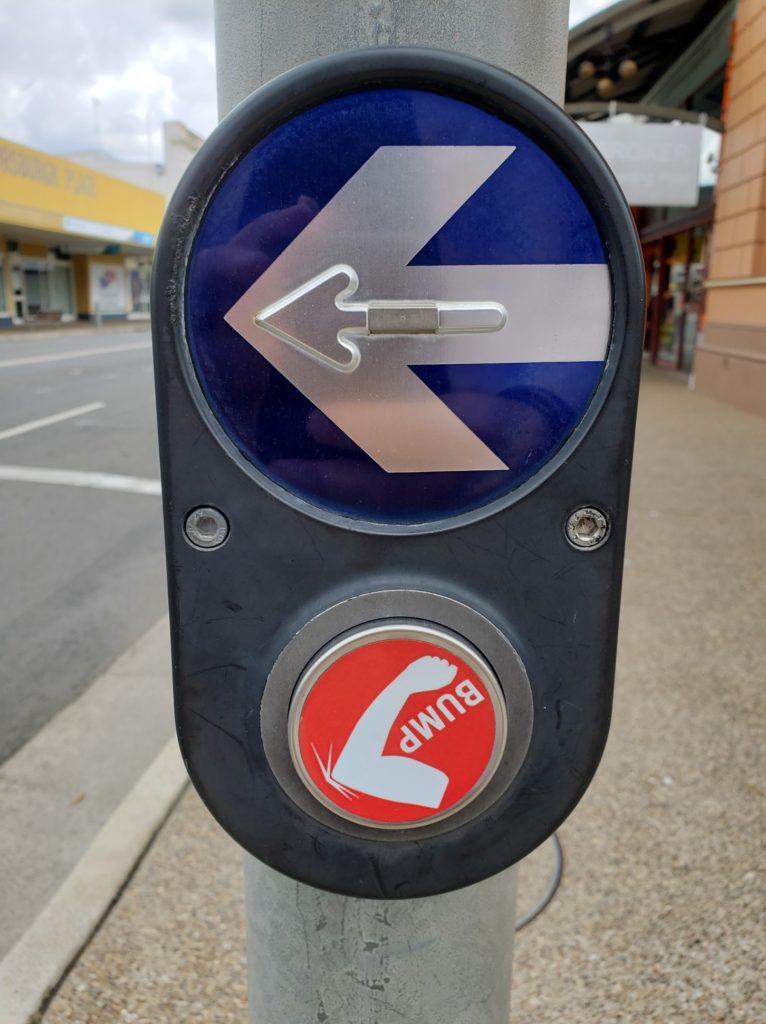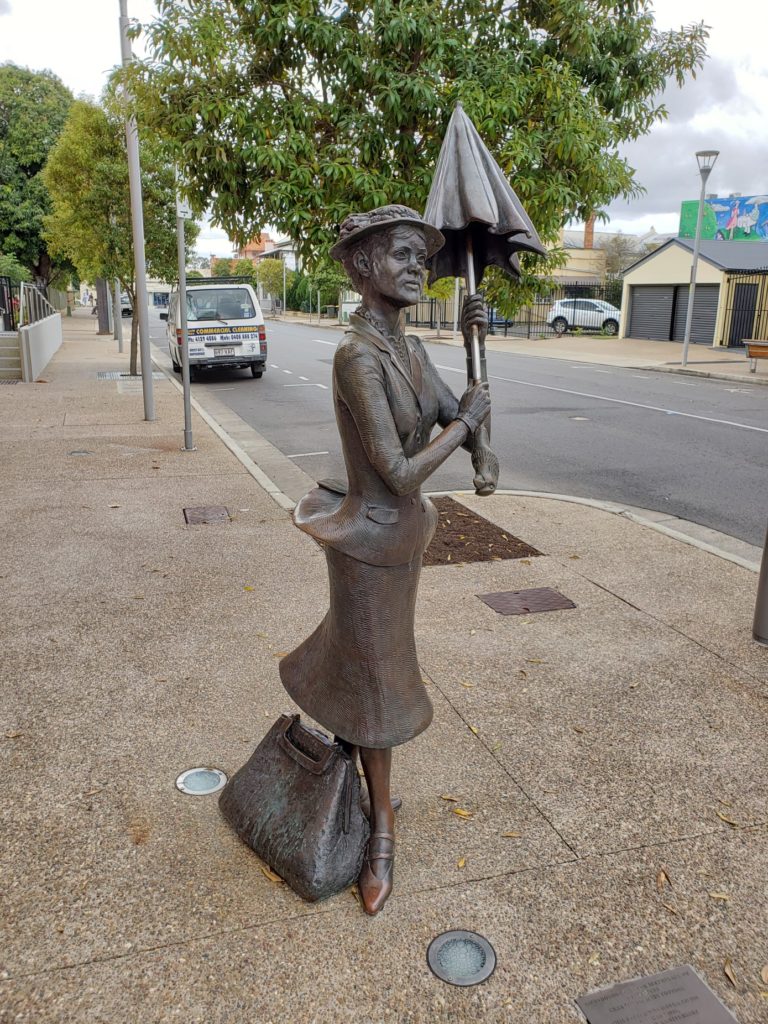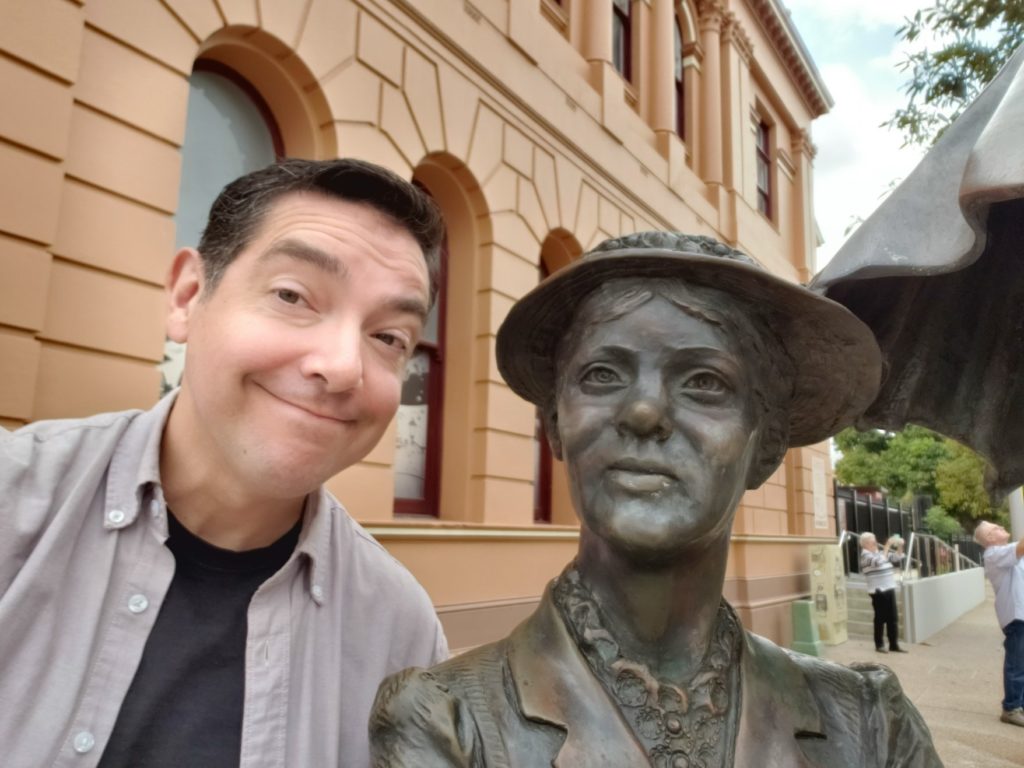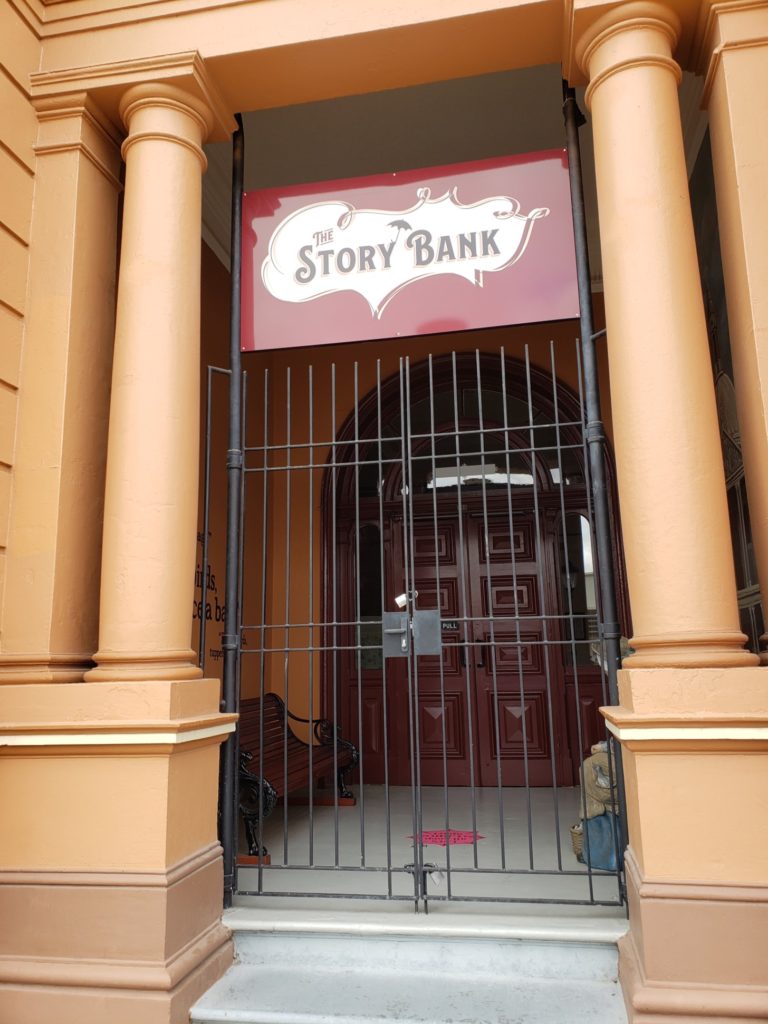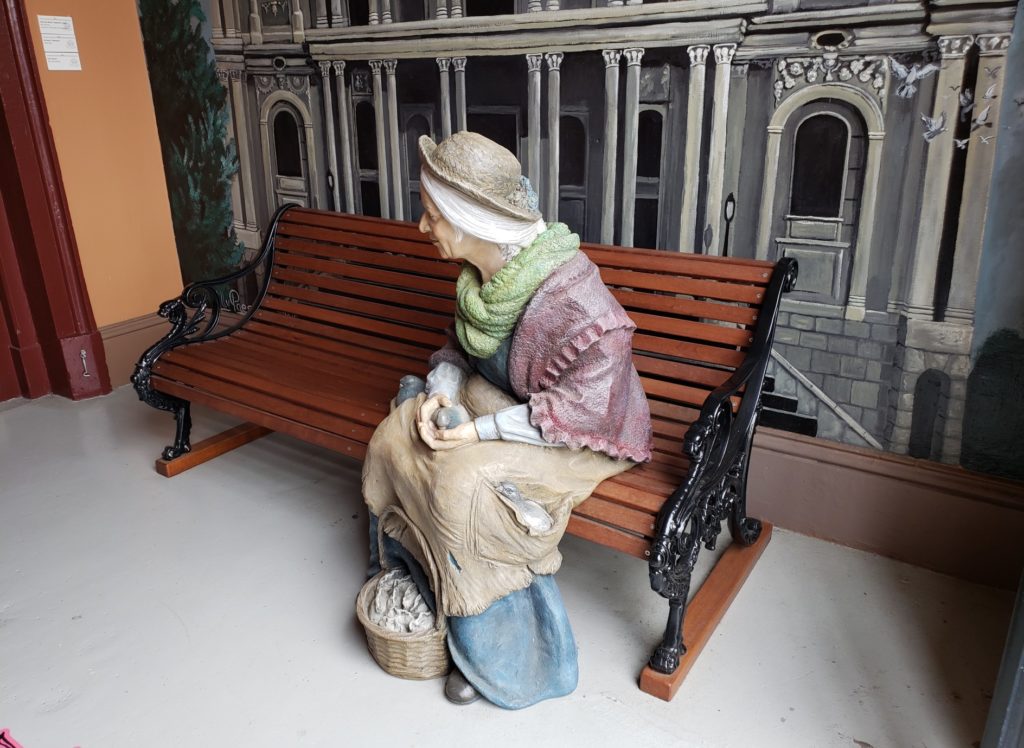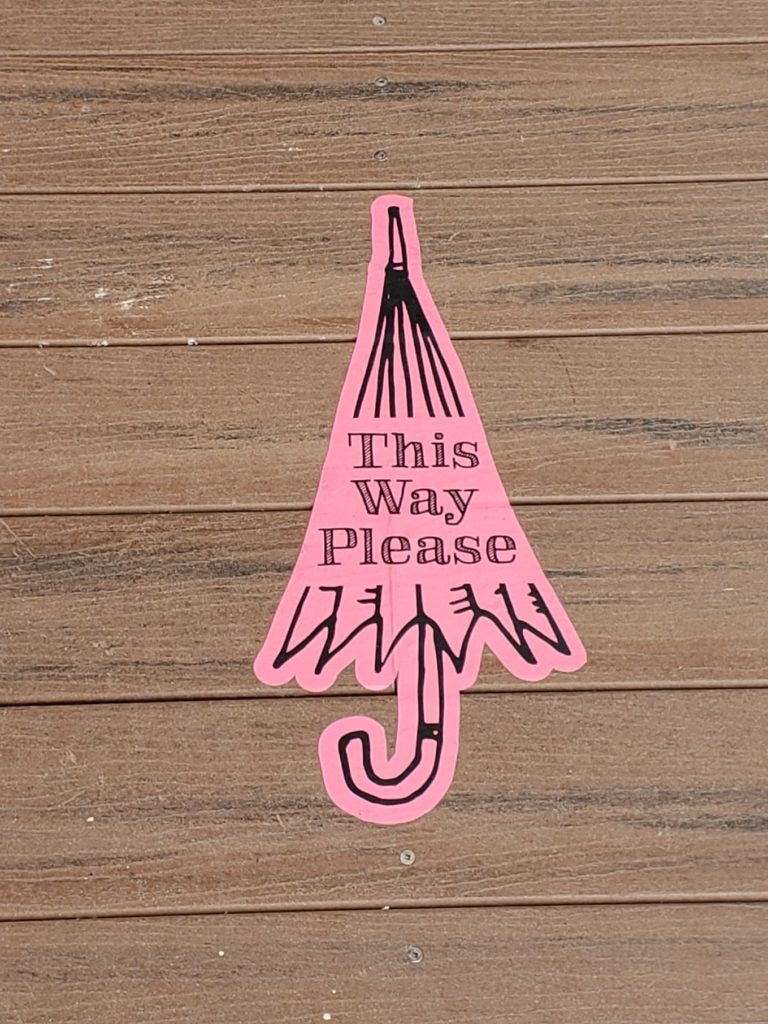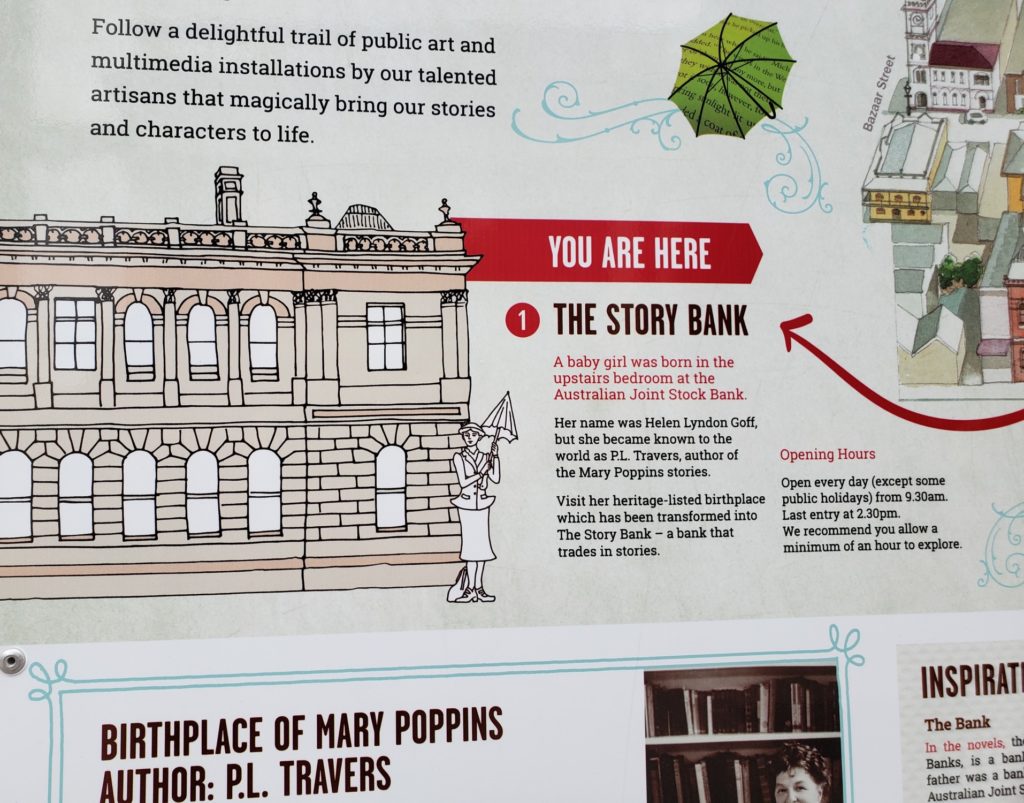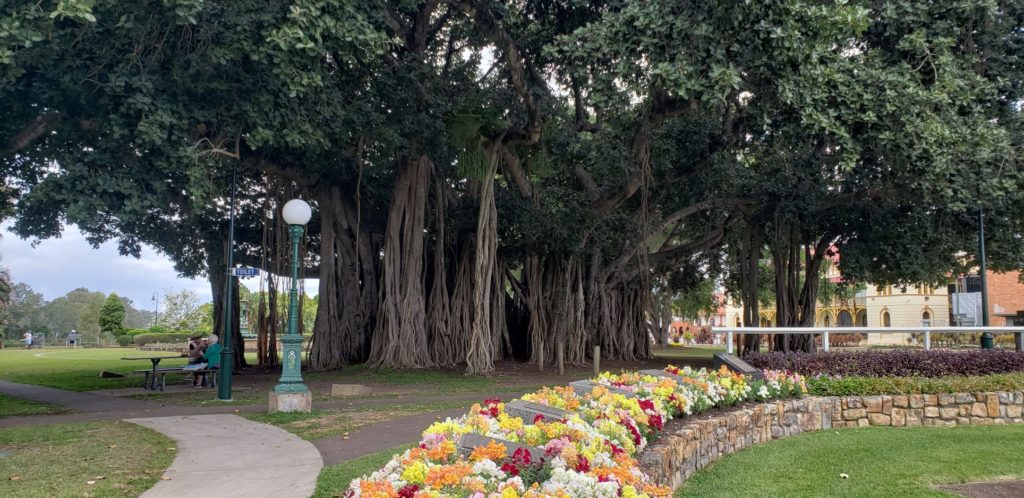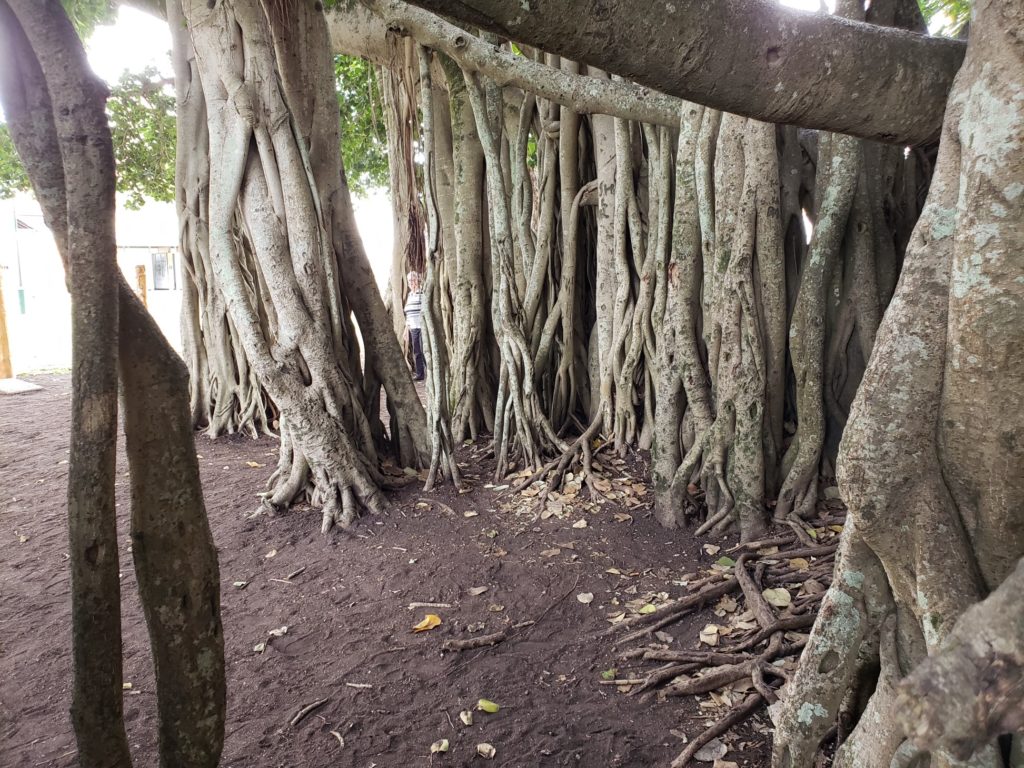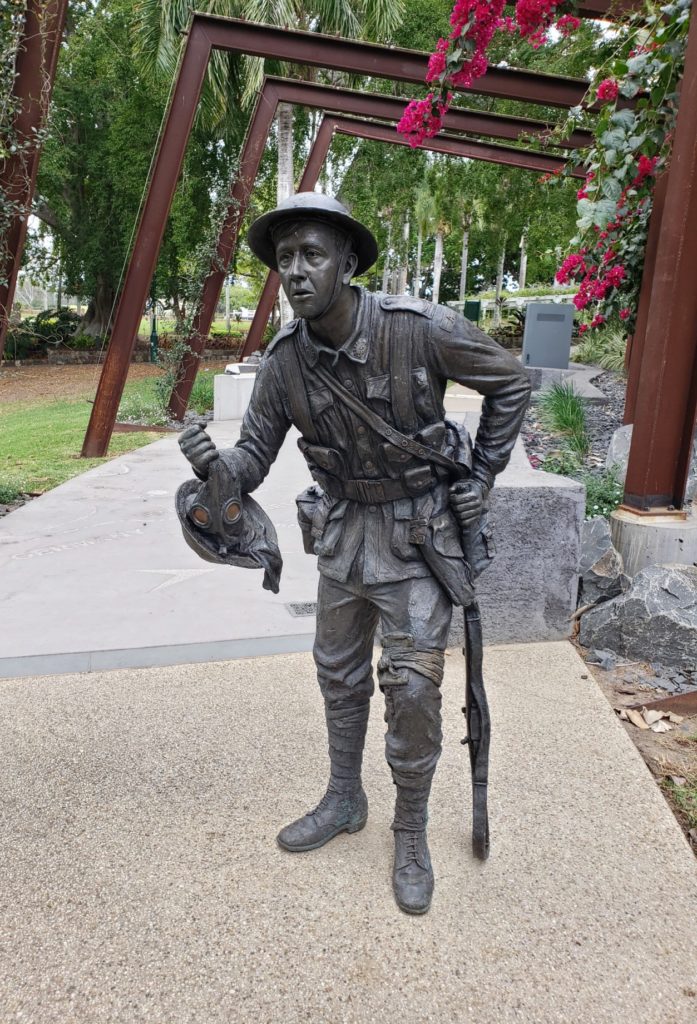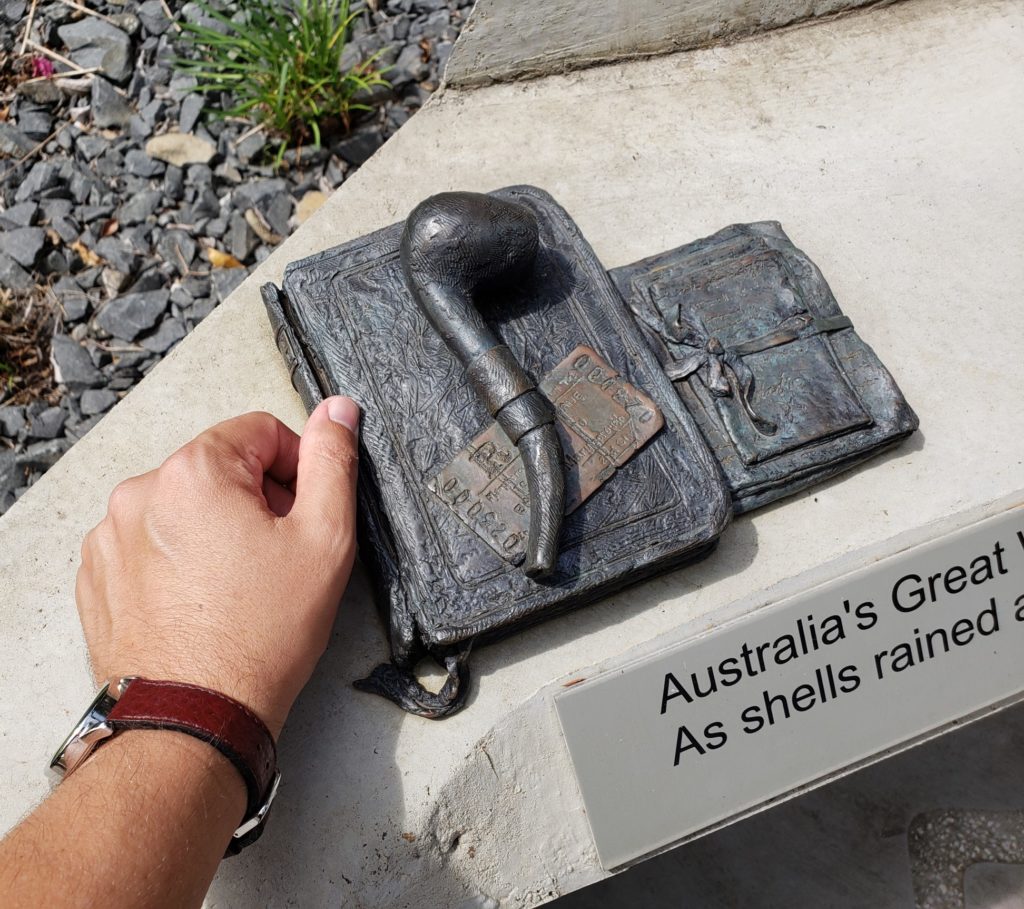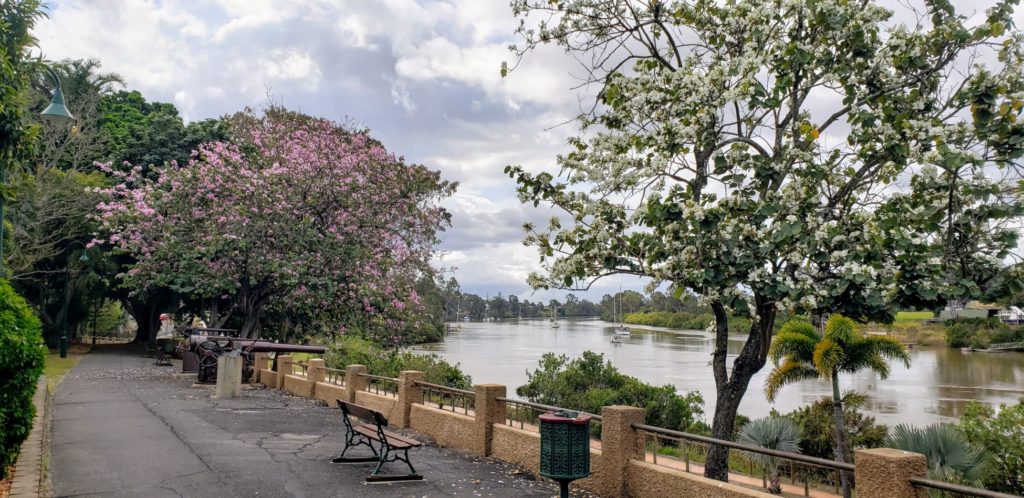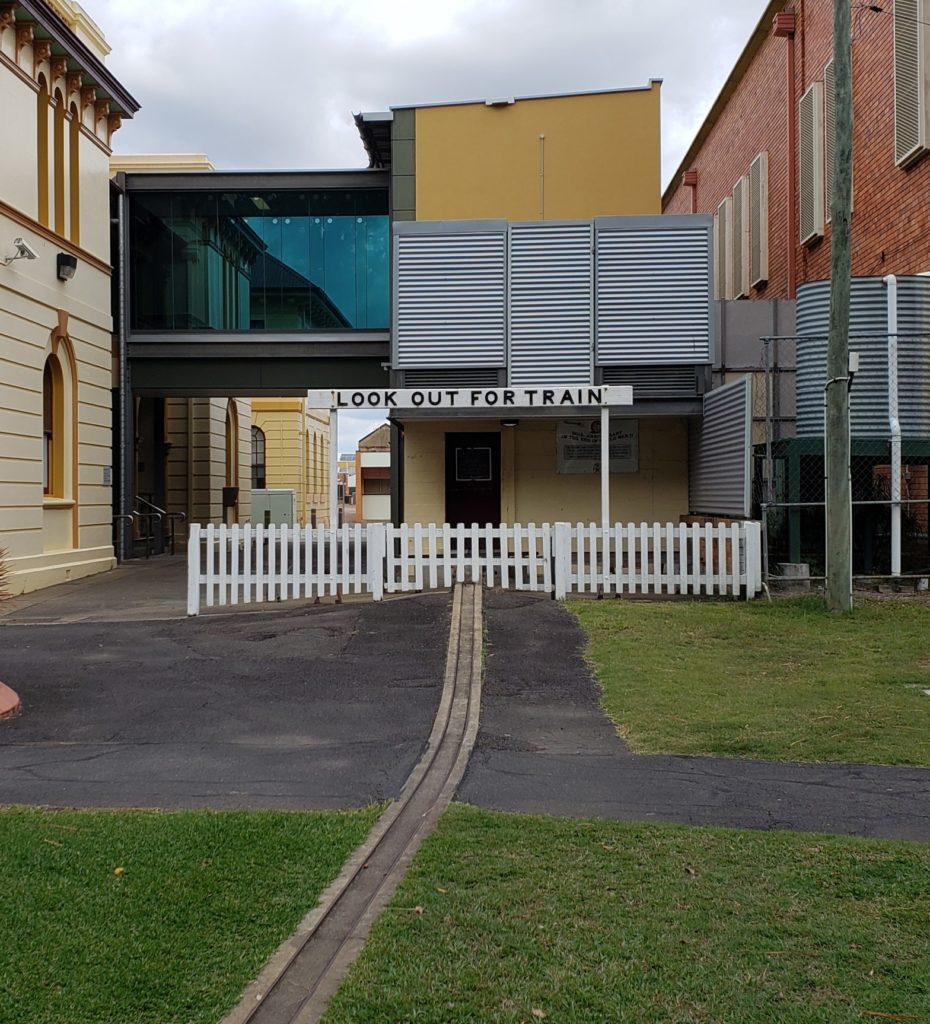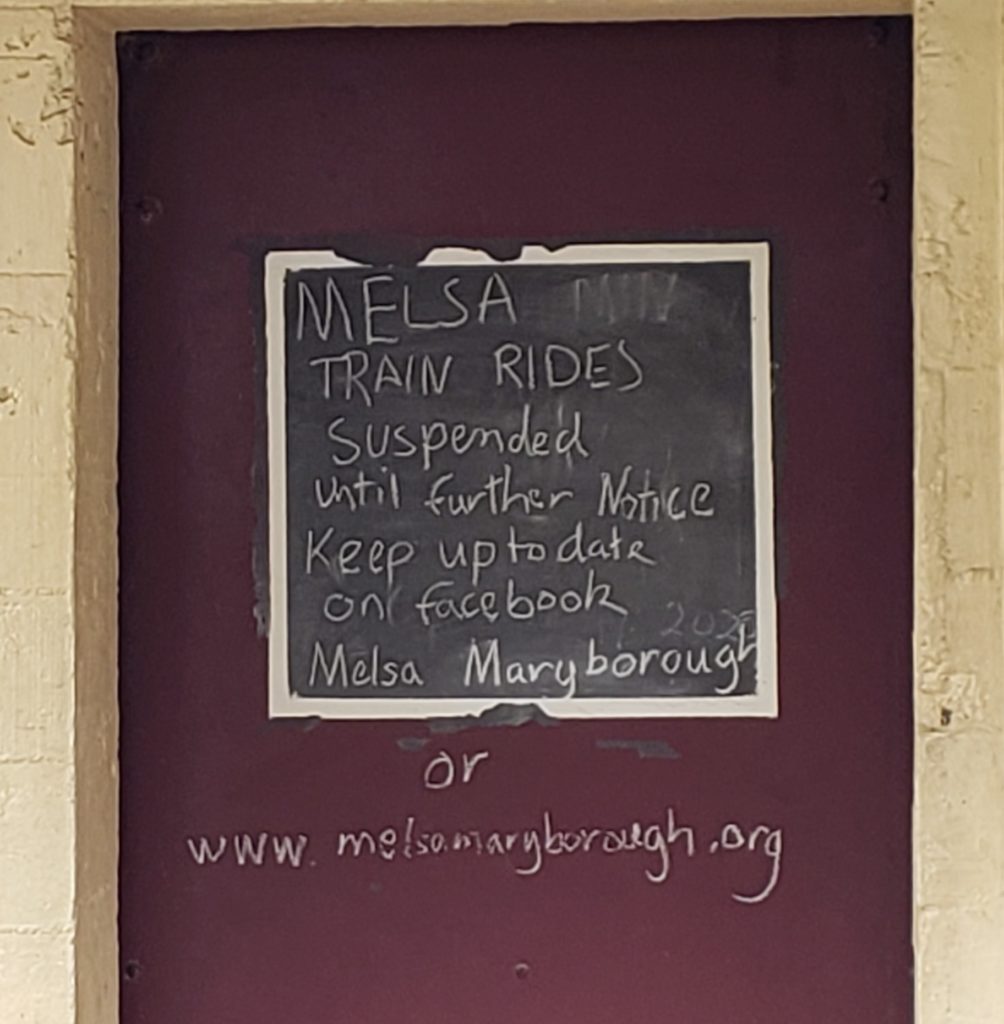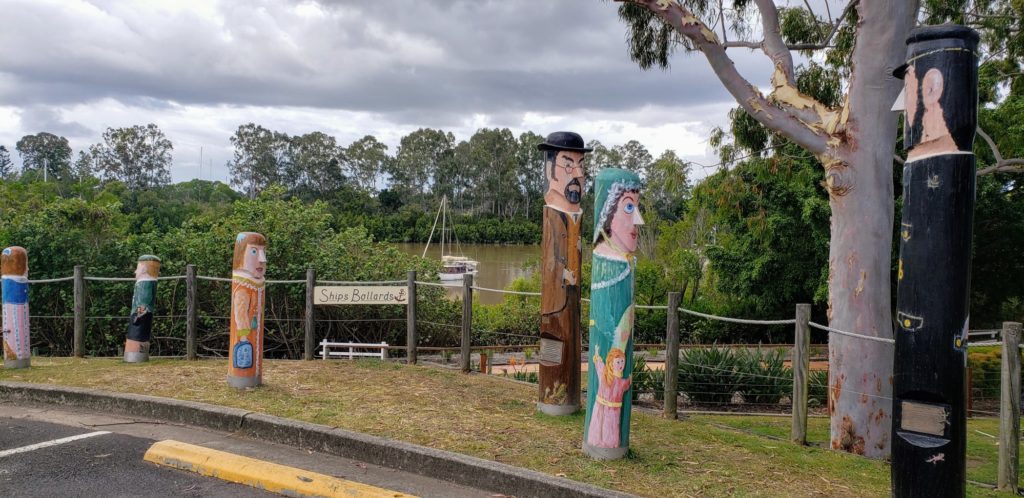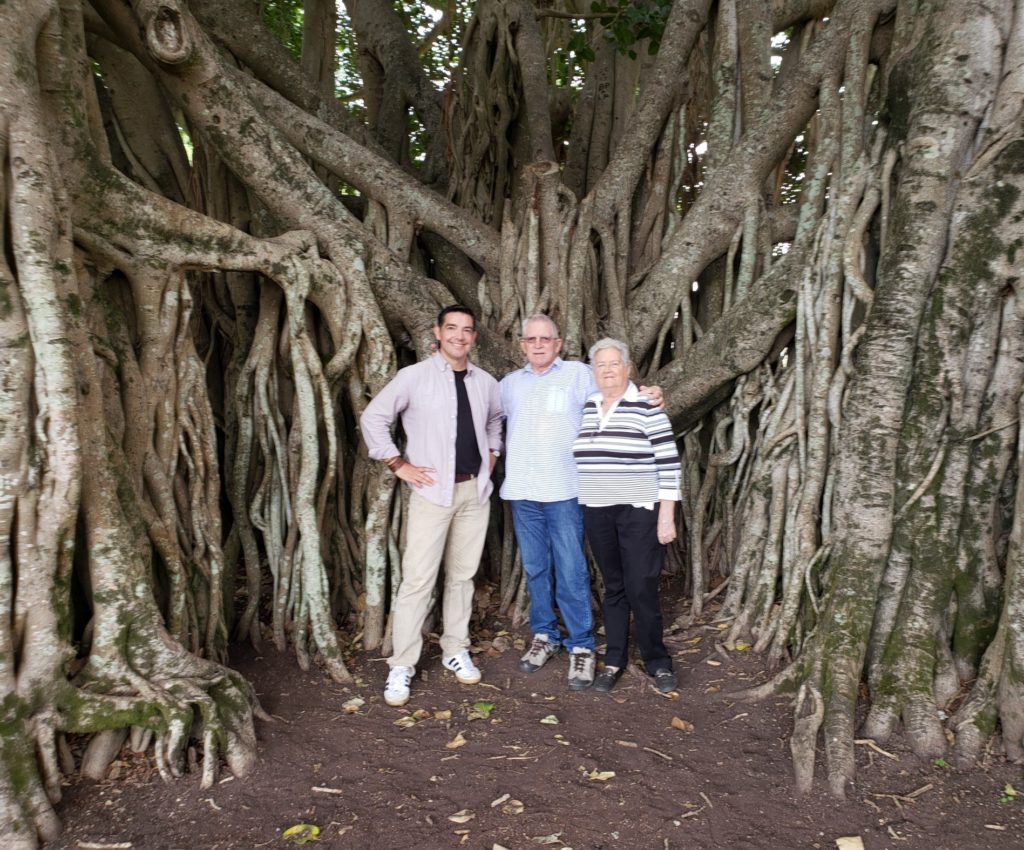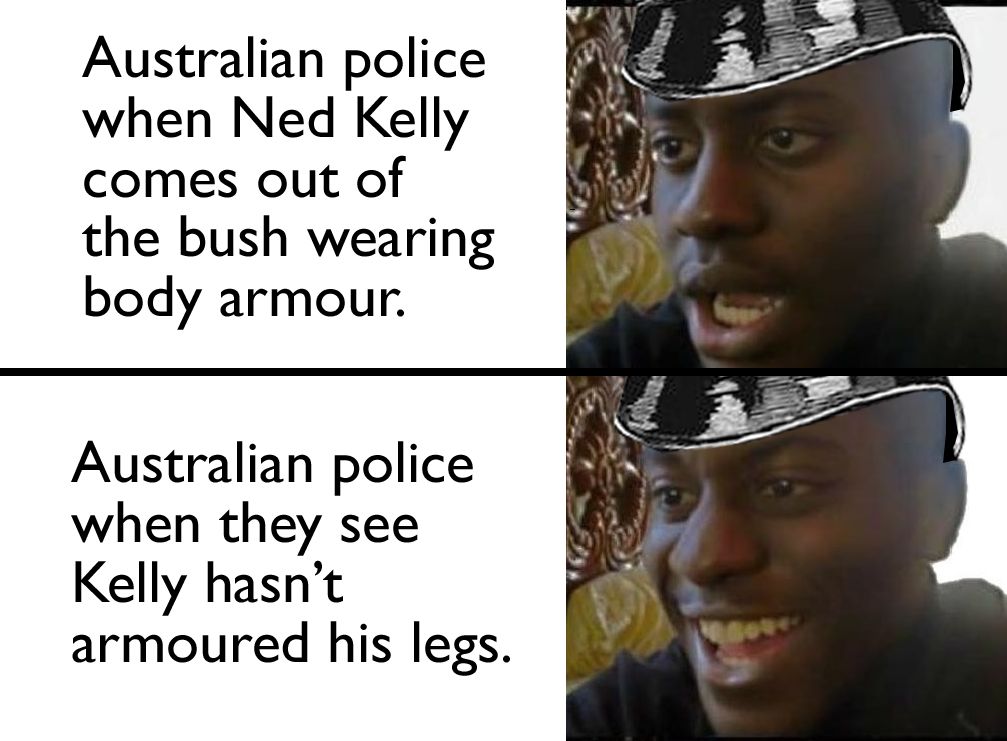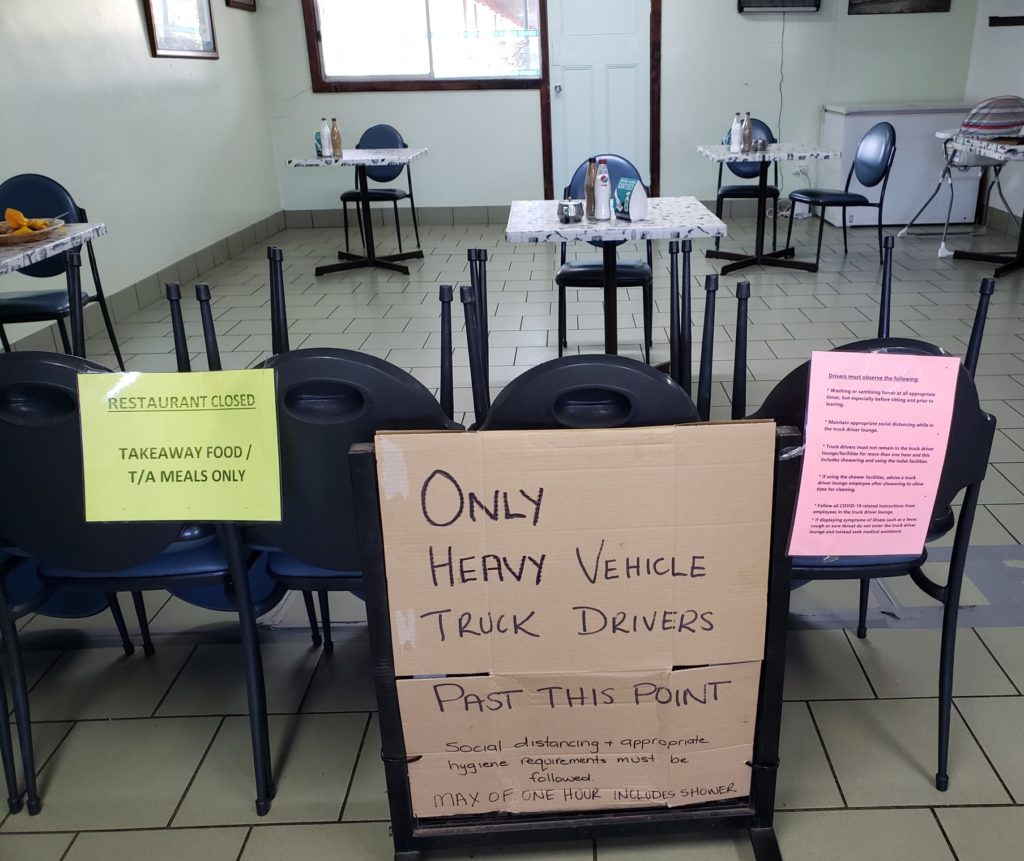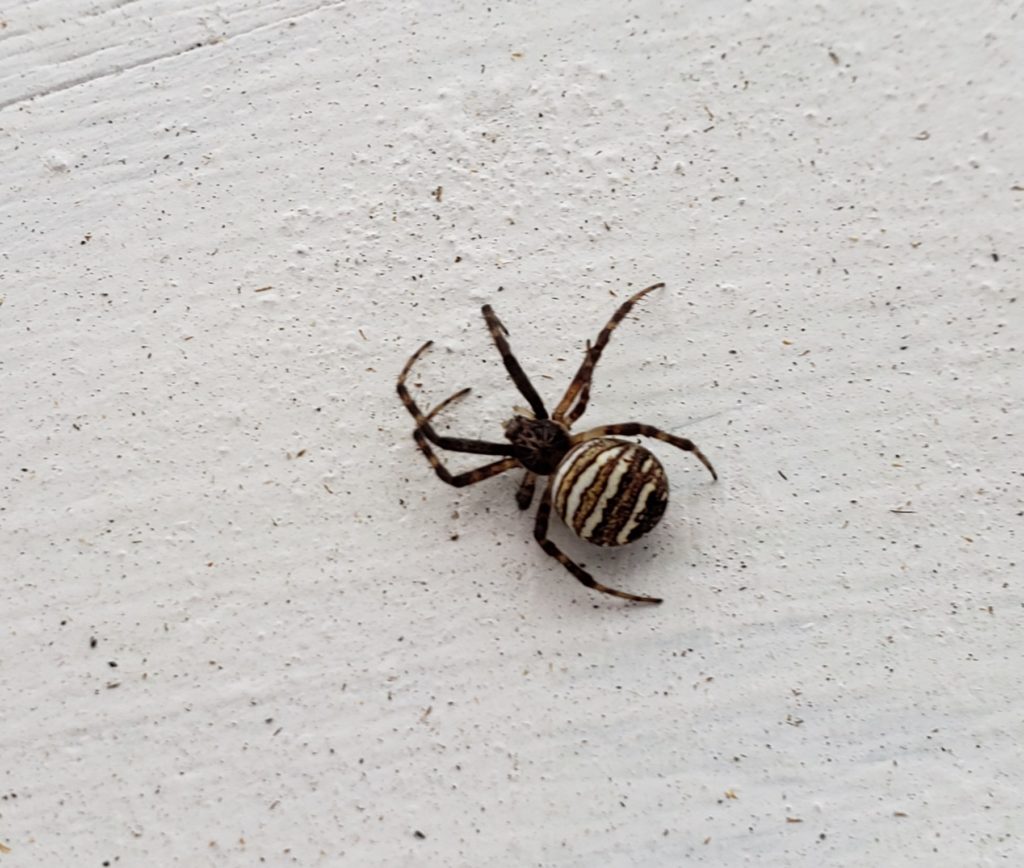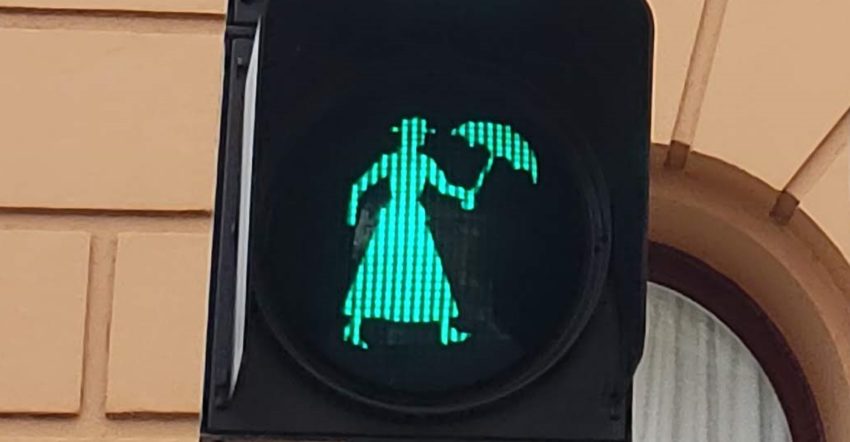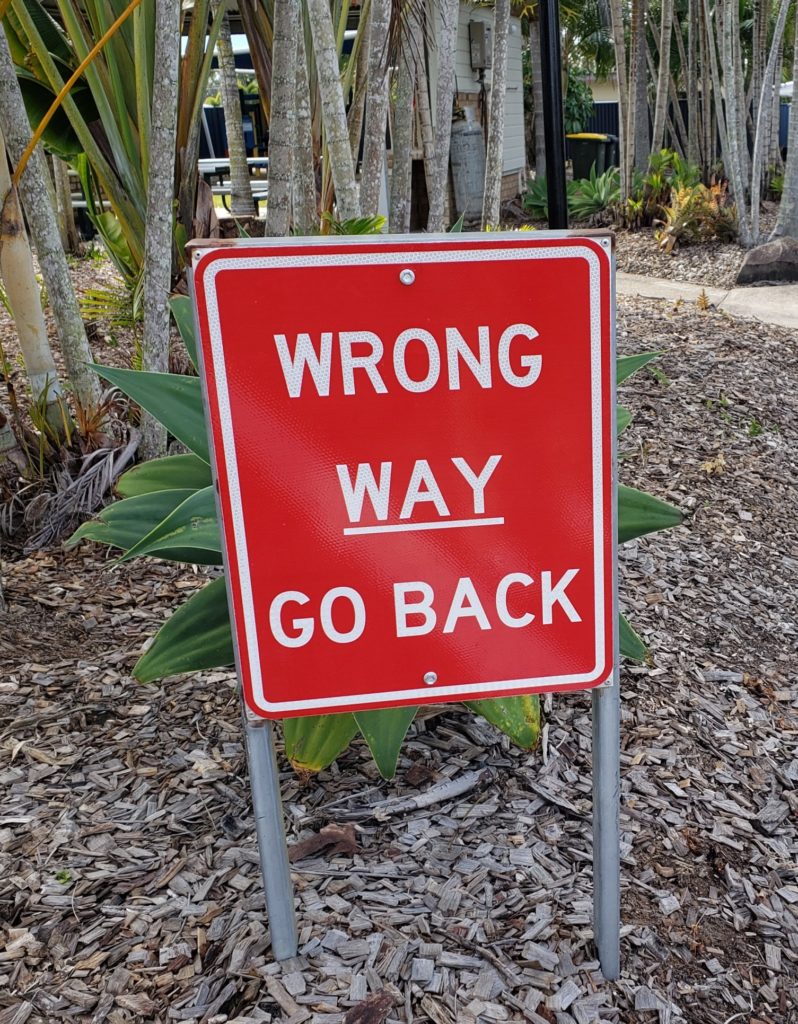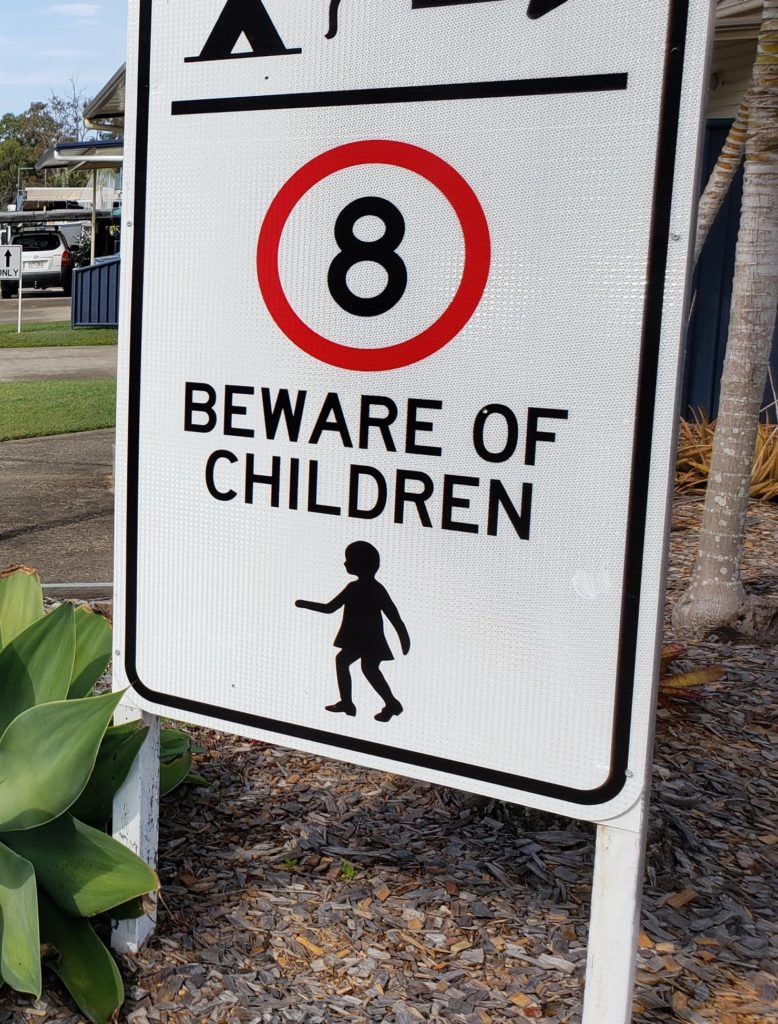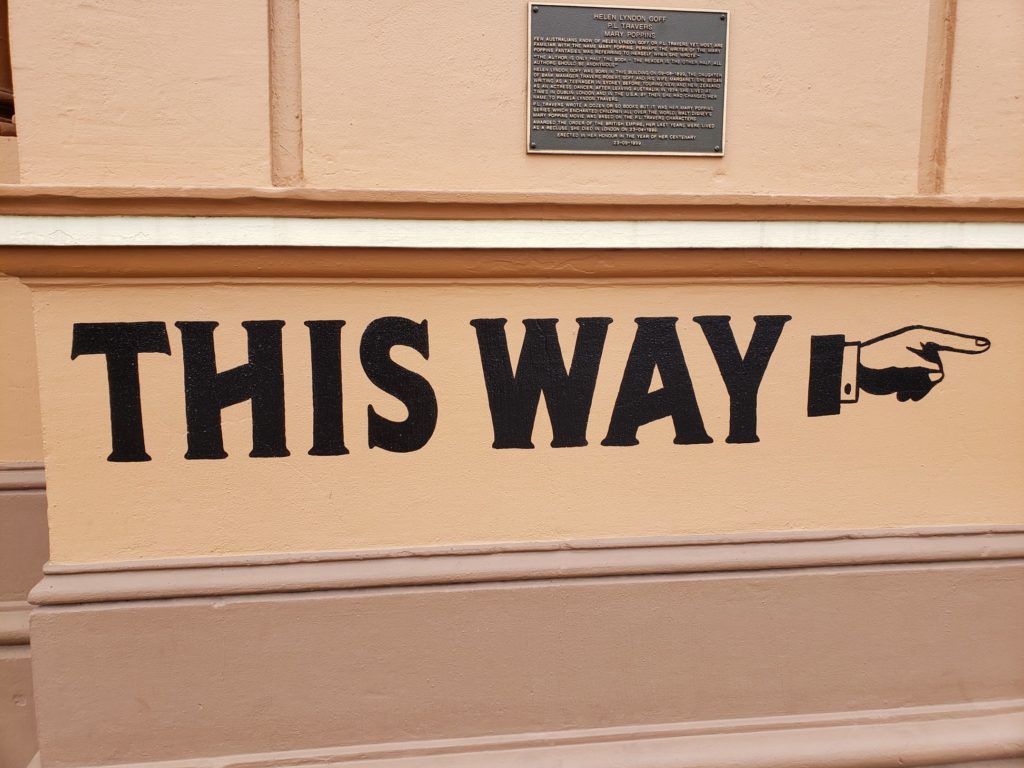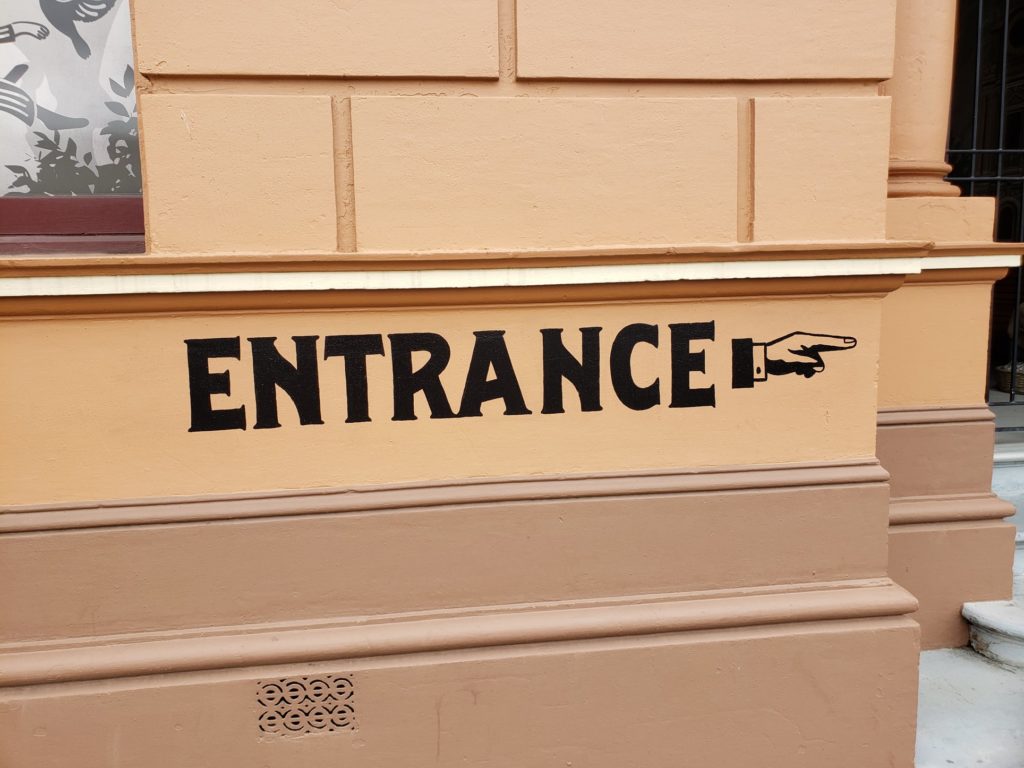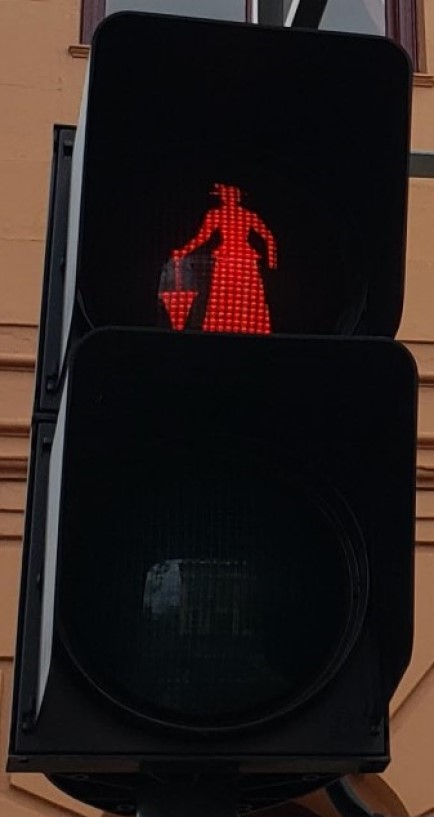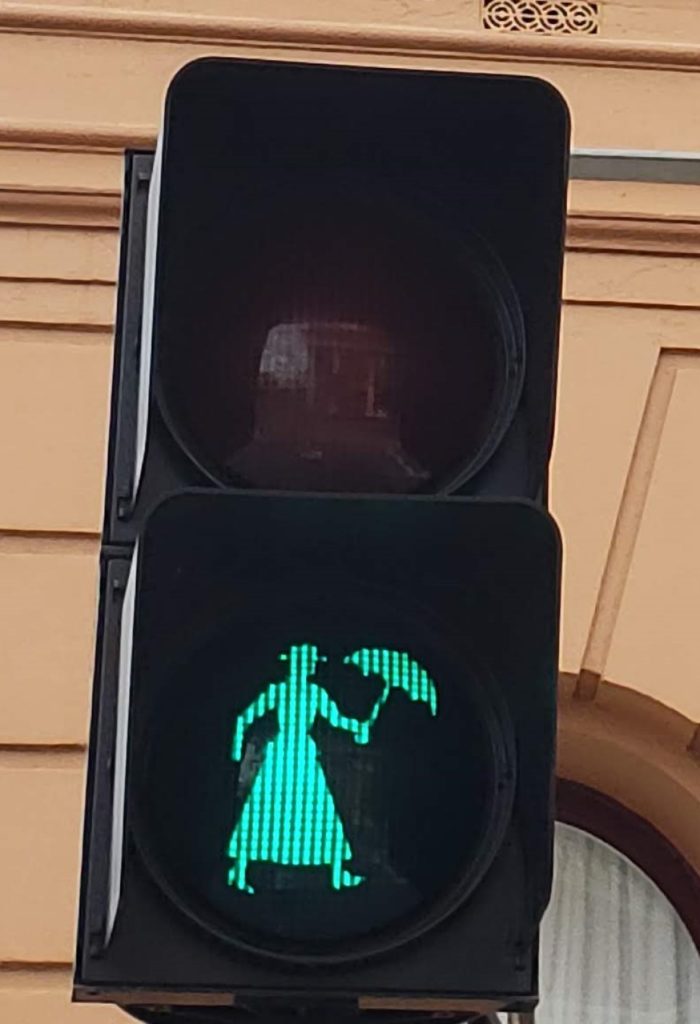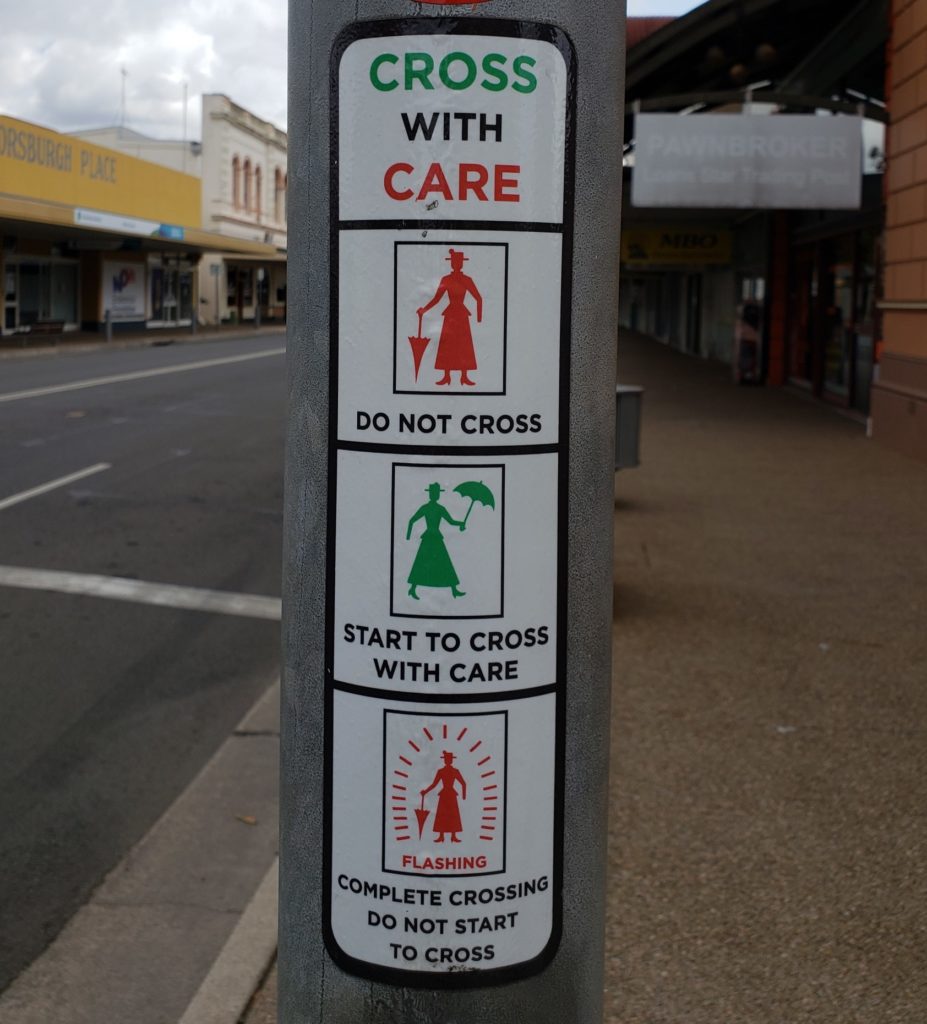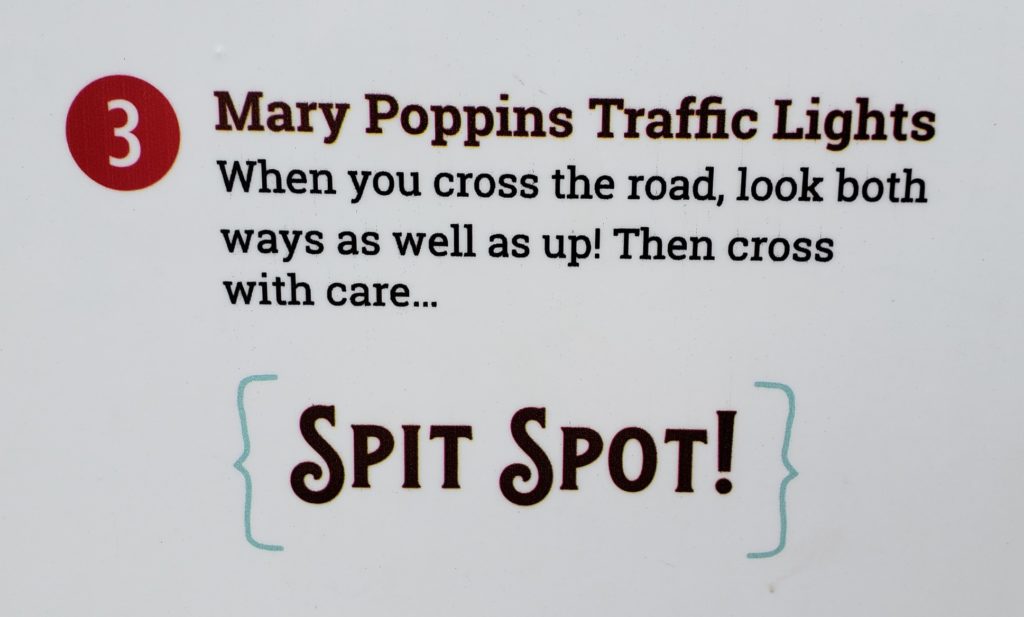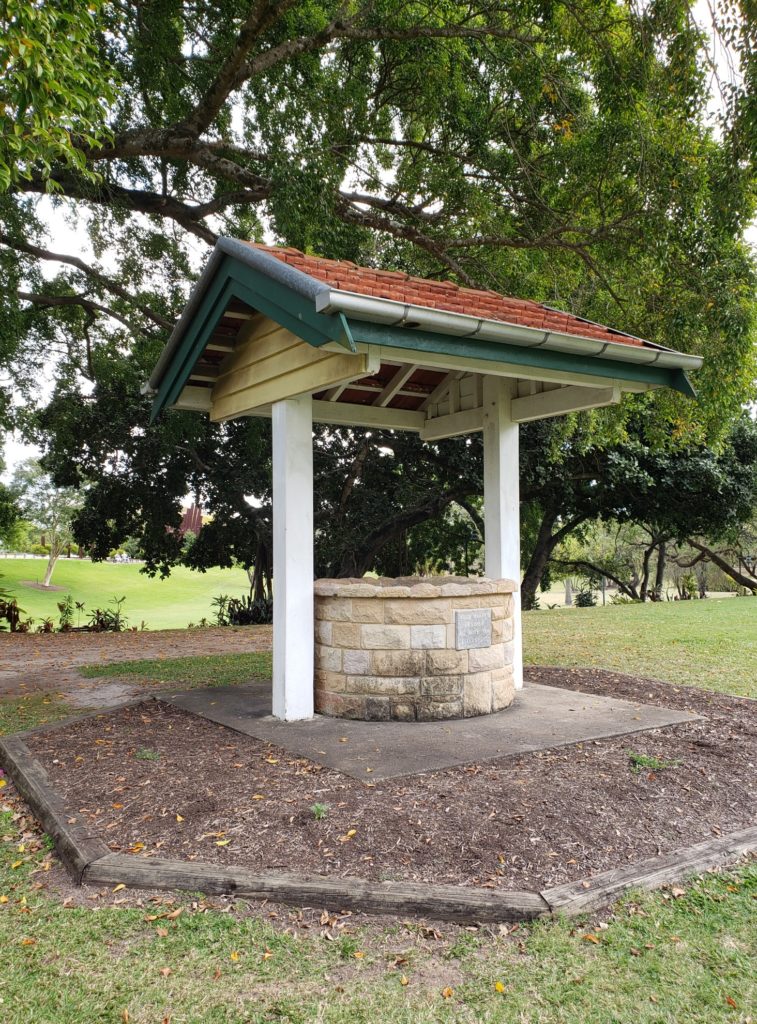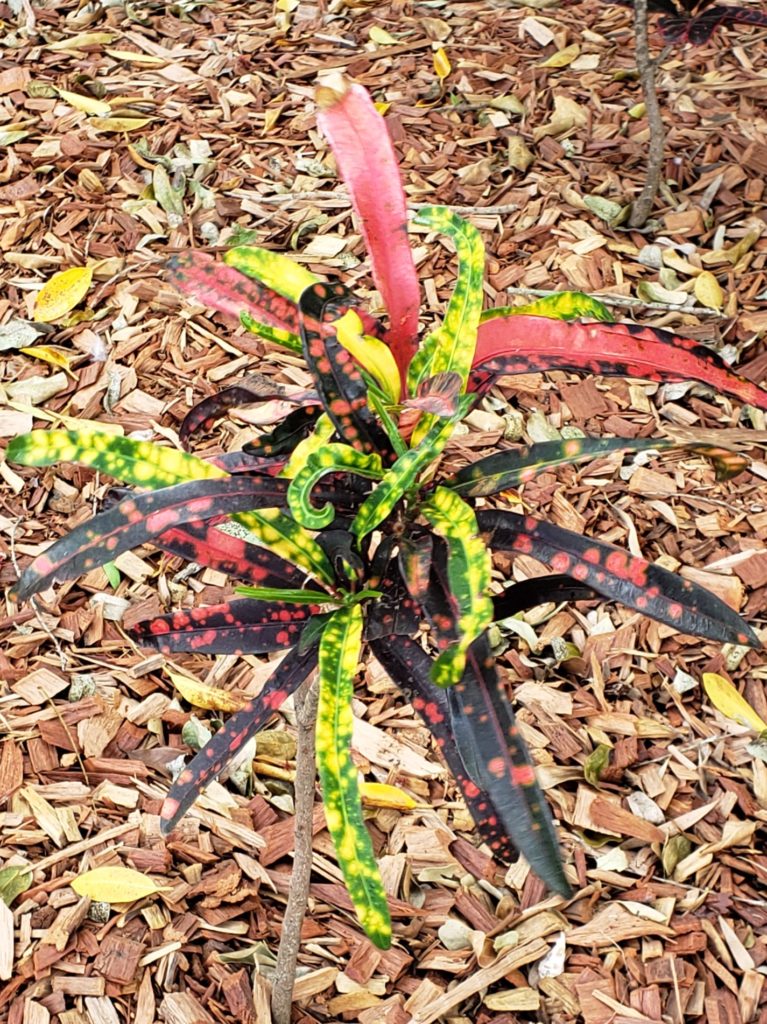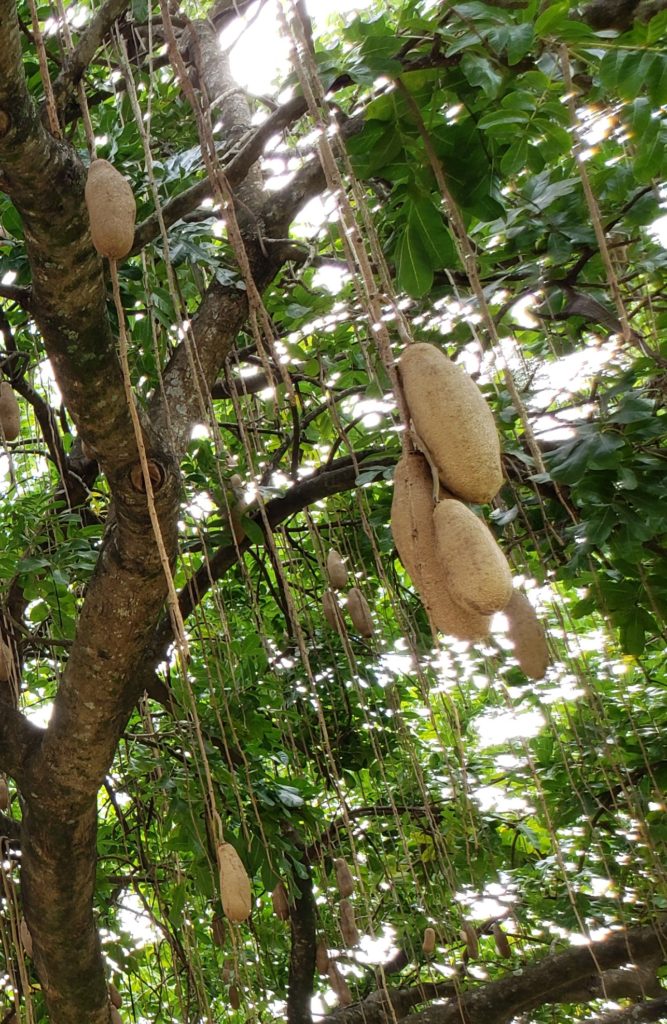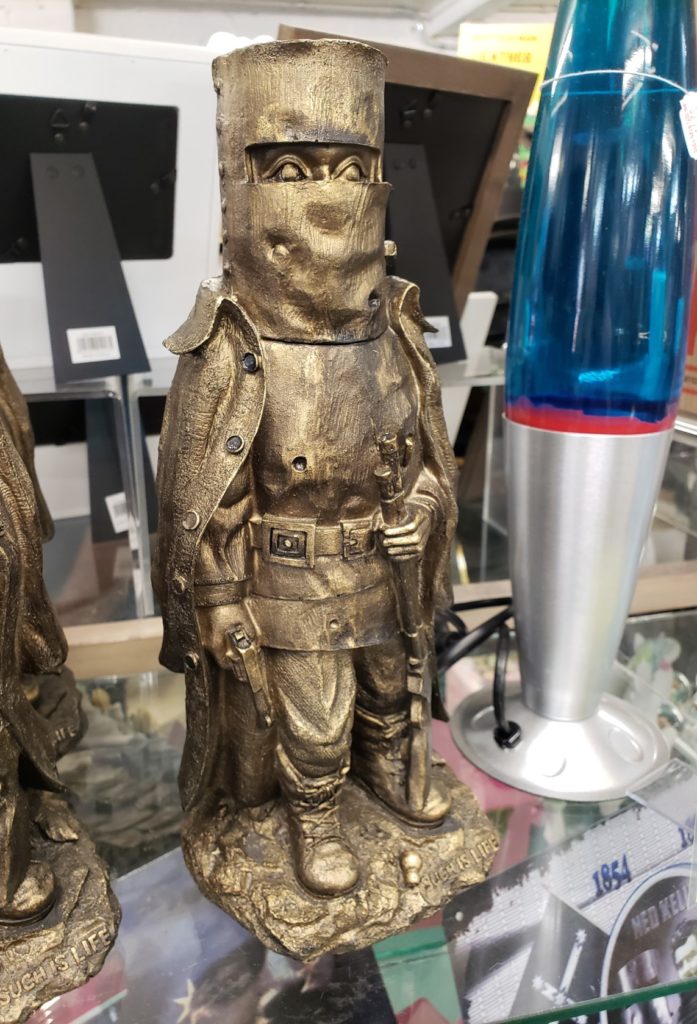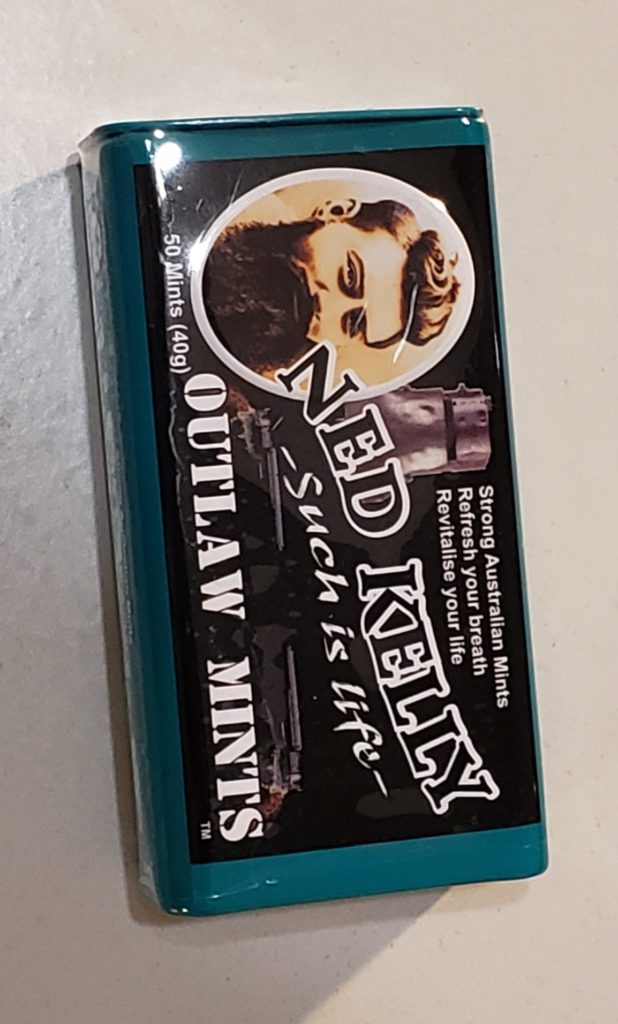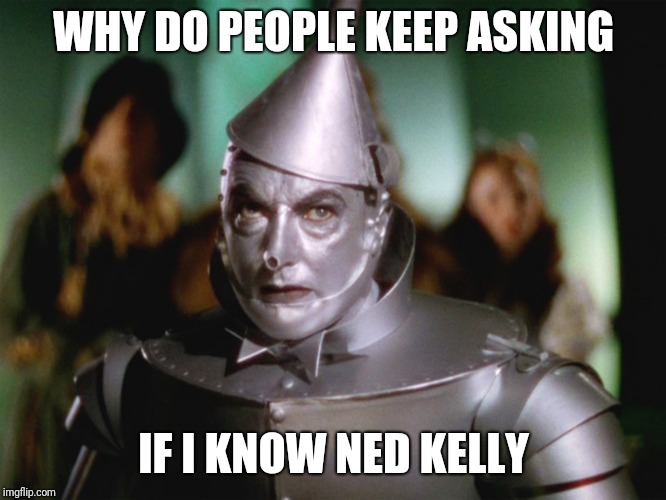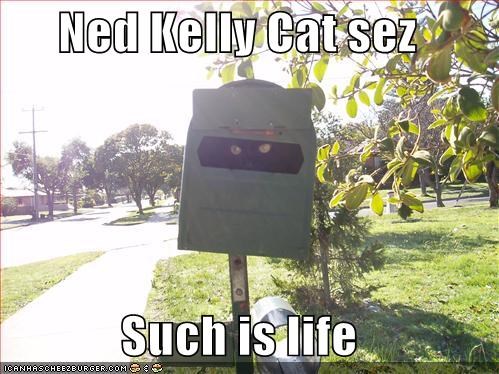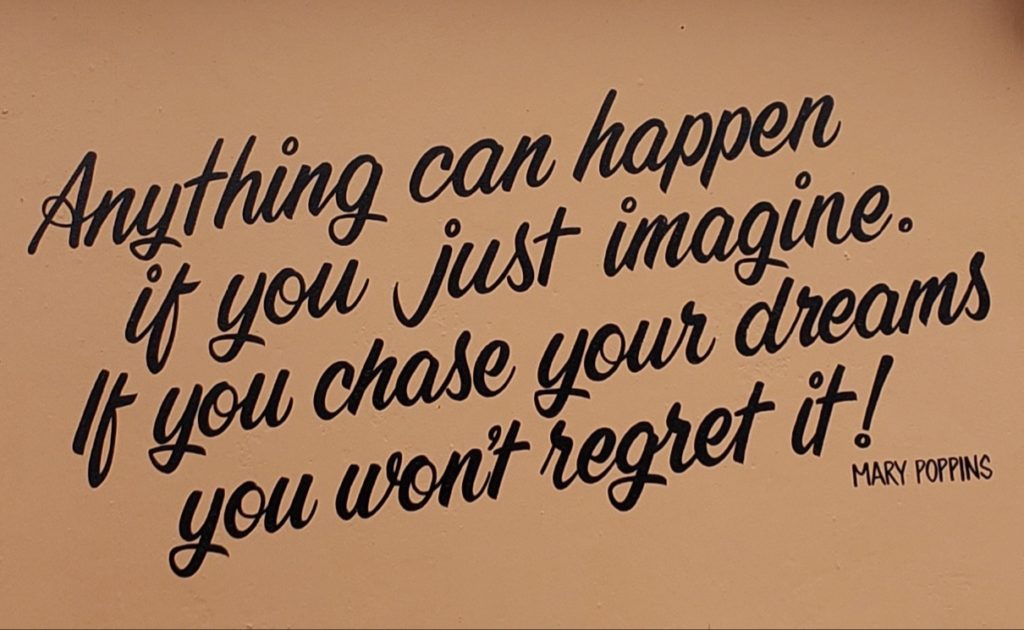
I saw Saving Mr. Banks about five years ago and got far more out of it than I had bargained for. The story centered around PL Travers and her reluctant consent to allow Walter Elias Disney to make her stories into a movie. The central character in these stories was a magical nanny who Travers really didn’t want misrepresented in a Disney film. This was largely due to the fact that Travers had put so much of herself into the character and the stories and had likely used these to work through unresolved issues with her alcoholic father. As a result she was understandably protective of them.
Though I had never read the books, I had always loved the Disney version of Mary Poppins and it had been an exciting annual event to watch it every year when it would be played on TV. I had grown to truly love not only Walt Disney himself, but also Richard B and Robert M Sherman, the men who had written all of the songs for the 1964 movie. In addition, I had for various reasons, always associated it closely with my grandfather. And then there was the inclusion of Oz. I had no idea that Pamela Travers had come from Australia or that Queensland would be featured in the film. As a result of all these different elements, the film was a perfect sentimental storm that stirred deep personal feelings. And, it must be said, at the time it felt to me like yet another beckoning call from a mystic land across the sea.
Someone had suggested some time back that if I had a car I could take a three hour road trip to Maryborough (pronounced Mariburra) to see the Mary Poppins statue. Further investigation revealed that there was actually an annual Mary Poppins Festival in the town as well, though I wouldn’t see it. So when talk of Hervey Bay had been brought up, I had mentioned Maryborough in passing, and it was added to the itinerary since it was only twenty minutes from our destination.
So on Sunday morning we briefly stopped by a place called the Pirates Cave in Urangan to stock up on gifts, which took a full hour. I hadn’t bought anything for the folks at home and wanted to be thorough. We then took pictures of the various whales statues scattered around the town. I understand that Hervey Bay is known for its whales, but the number of statues around suggested a religious veneration of the animals.
We pulled into a petrol station and I offered to buy a tank of gas for the Condoleons, but then disappeared into a bathroom long enough for them to pay for it themselves. Twenty minutes later we pulled into the main street in Maryborough and parked at the intersection of Richmond and Kent streets where an old friend was waiting for us. We were instructed when to cross the street by means of specially themed lights. And there she was. Standing on the corner in front of an old bank was a statue of Mary Poppins herself. She was a bit homely compared to Julie Andrews but I didn’t care.
At first glance it seemed like perhaps this had been a lot of driving for a lot of nothing. During the Mary Poppins Festival this place would’ve been alive, but on a Sunday it was pretty dead and everything was closed. The town had actually been set up as a sort of walking story with various Poppins characters and scenes depicted throughout, but we didn’t have time for that. The bank building next to the statue did prove to be interesting, though, as it was the actual bank where Pam Travers was born in 1899 and additionally served as a museum for Travers’ famous nanny. Inside a barred entryway was the little old bird woman from the movie along with her famous tagline posted on the wall opposite where she sat. Various signs beckoned us inside, but of course that was a bit cruel as this was Sunday and it wasn’t open. So instead we took turns trying to get run over as we repeatedly dashed into the street trying to get a decent angle on the crossing lights, which would almost always go from green to red as soon as you got lined up on one. But I suppose the drivers here are probably as used to it as those in London who must watch out for tourists trying to duplicate the Beatles’ iconic photo on Abbey Road. With not much else to do, we next went to explore Queens Park as it looked promising on the map.
We parked the car and the Condoleons immediately went toward a large and singular tree at the center of the park while I headed in the opposite direction, having been immediately drawn to a lone statue some distance in front of the car. It was a World War I soldier who had a hopeless look on his face. Behind him was a large map etched into the concrete of the European front. He was staring in the direction of a lone woman sitting on a bench reflecting on a letter she had likely just read. Maryborough lost 100 young men in WWI and 55 more in WWII, so this botanic garden park doubled as a memorial. At another spot a bronze statue stood of the first man ashore at Gallipoli along with landing boats that now served as planters. Speakers were set up in shrubs throughout the area and one might hear guns, or marching, or a beleaguered soldier updating us on his situation. There were also bronze personal items such as eyeglasses and typewriters situated around the park and these could even be found at random spots in town.
One interesting feature was that in a row of shrubs along a prominent path one could occasionally hear the stamping feet of an unseen army as they marched past you or through you. This was accomplished by the four or five speakers hidden among the shrubs and passing the sound from speaker to speaker creating a doppler effect. They march from end to end and then faded into the distance. It was a very simple, but very cool effect.
The tree to which Peter and Carolyn had gone was a Banyan Fig which appeared to be many trees rather than one. Hailing from Bengal in India these trees have aerial roots which stretch to the ground and become trunks of their own. In addition to a sausage tree, there was also a Corral Tree with pine cones that were several feet long and very sharp. The park also had a bandstand, lakeside walk, wishing well, and a functioning miniature steam train which could be ridden and whose tracks crisscrossed the park. An odd feature was what appeared to be people made of wooden posts near one end of the gardens. These were actually ship’s bollards which had marked the once bustling port through which many immigrants had come, but which was now gone. Bollards are the thick posts which ships tie off on.
After a while we left and I offered to buy lunch at any place my friends wished to eat. They chose Hungry Jack’s, which unfortunately wasn’t anywhere near the price of a restaurant dinner out or a tank of gas, so I got off pretty easy but felt pretty cheap. Looking at the map now I’m a bit sad that we didn’t go to a cafe called Alouishus Delicious, which wasn’t open anyways, and that I didn’t get a picture of the delightfully cheesy Ned Kelly Motel statue.
I bought ‘Ned Kelly’s Outlaw Mints’ at the gift shop earlier in addition to seeing a little faux bronze statue of him. So I should briefly explain what Ned Kelly is known for, apart from being a terrible person. Referred to as a ‘bushranger’, he was a famous and terribly notorious outlaw who, just before making his final stand, was pinned down by officers. After a fire fight he emerged from a patch of scrub in a home made suit of armor which covered his head and chest but left his extremities exposed. Although it at first bewildered the lawmen who couldn’t quite figure out what they were shooting at and why it was invulnerable to bullets, it soon became apparent that a pair of shotgun blasts to the legs would quickly end the standoff, which it did. Had the internet existed at the time it would’ve been the grandfather of all memes. Nevertheless, Ned Kelly’s name, story, and image are well known by every true blue Australian.
After eating our food in a nearby park, we began the return trip to Monto and were back within three hours. Though reminders of Covid were everywhere during the trip, it was amazing how much things had returned to normal in Queensland. Of course people are much more aware of touching surfaces now and they are continuing to take precautions, but for the most part the days of self isolation seemed far behind us.
At least for the moment…
